This Week At Angama #22
6 July 2018 | This Week at Angama | Tyler Davis

Rumour has it a scouting herd of wildebeest was seen at the Sand River this past week. This comes as a bit of a surprise given other reports of where the masses are, but such is the nature of nature; it’s wonderfully unpredictable and unexpected. And that is the joy of it, because while we wait for the wildebeest to arrive, there are still many wildlife surprises to capture, as evidenced this week. Furthermore, the Angama Foundation, in collaboration with the Nobelity Project, opened a bright and cheery new Early Childhood Development center at nearby Partakilat Primary School. The opening ceremony offered a fantastic opportunity to document a lively and colourful Maasai celebration. [All photographs by Tyler Davis]
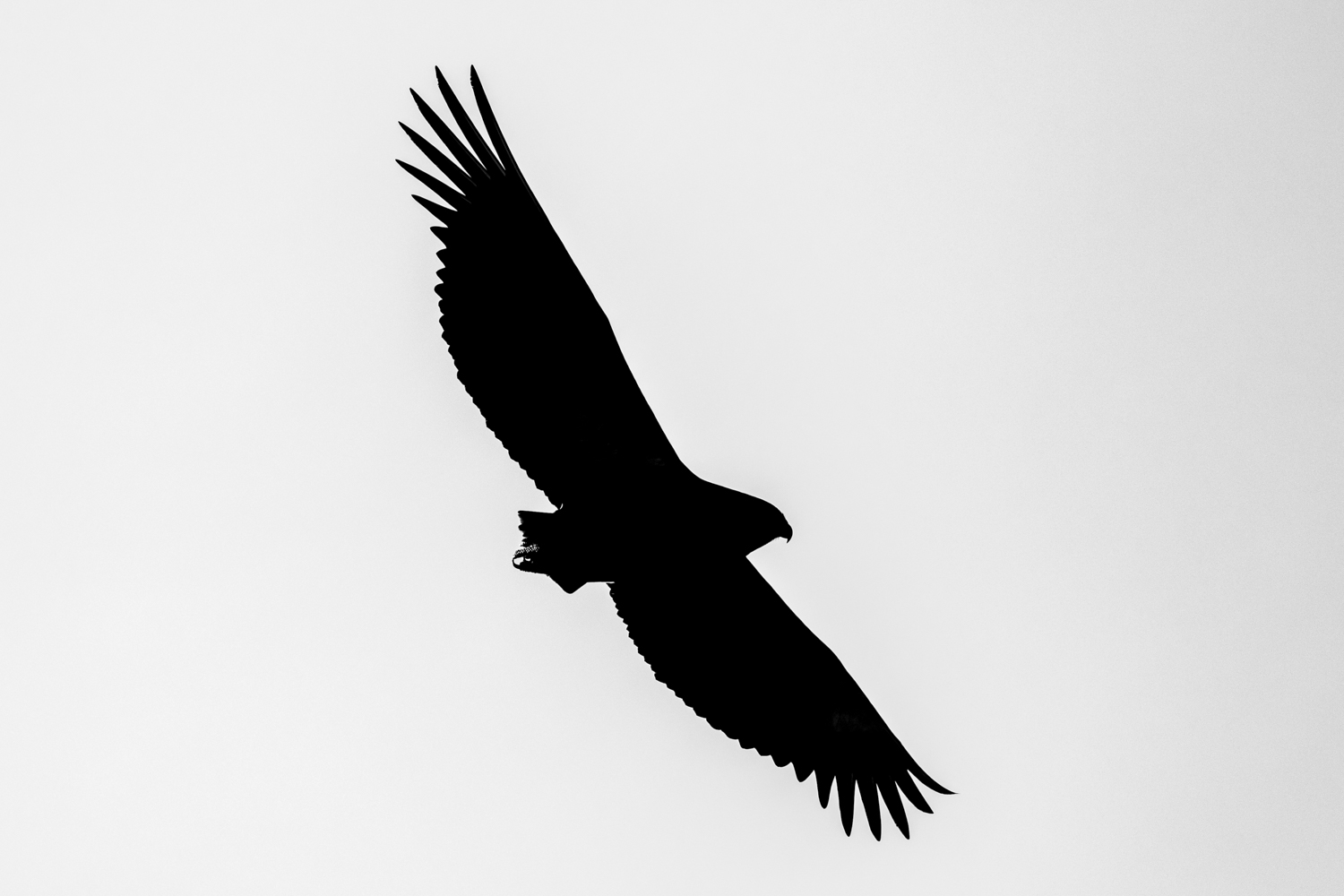
A handsome male Bateleur soaring overhead created a fantastic opportunity to capture this iconic African silhouette. I tried to simplify the photo while keeping it elegant by converting to black and white and going heavy on the contrast.

While Turk and Christy Pipkin from the Nobelity Project were staying with us for the opening of Partakilat’s Early Childhood Development centre, they also filmed interviews with our staff for a short documentary on migrations, of which the wildebeest migration is a focal point. In the above photo, guide Douglas has a discussion with Turk about the migration while Christy films.
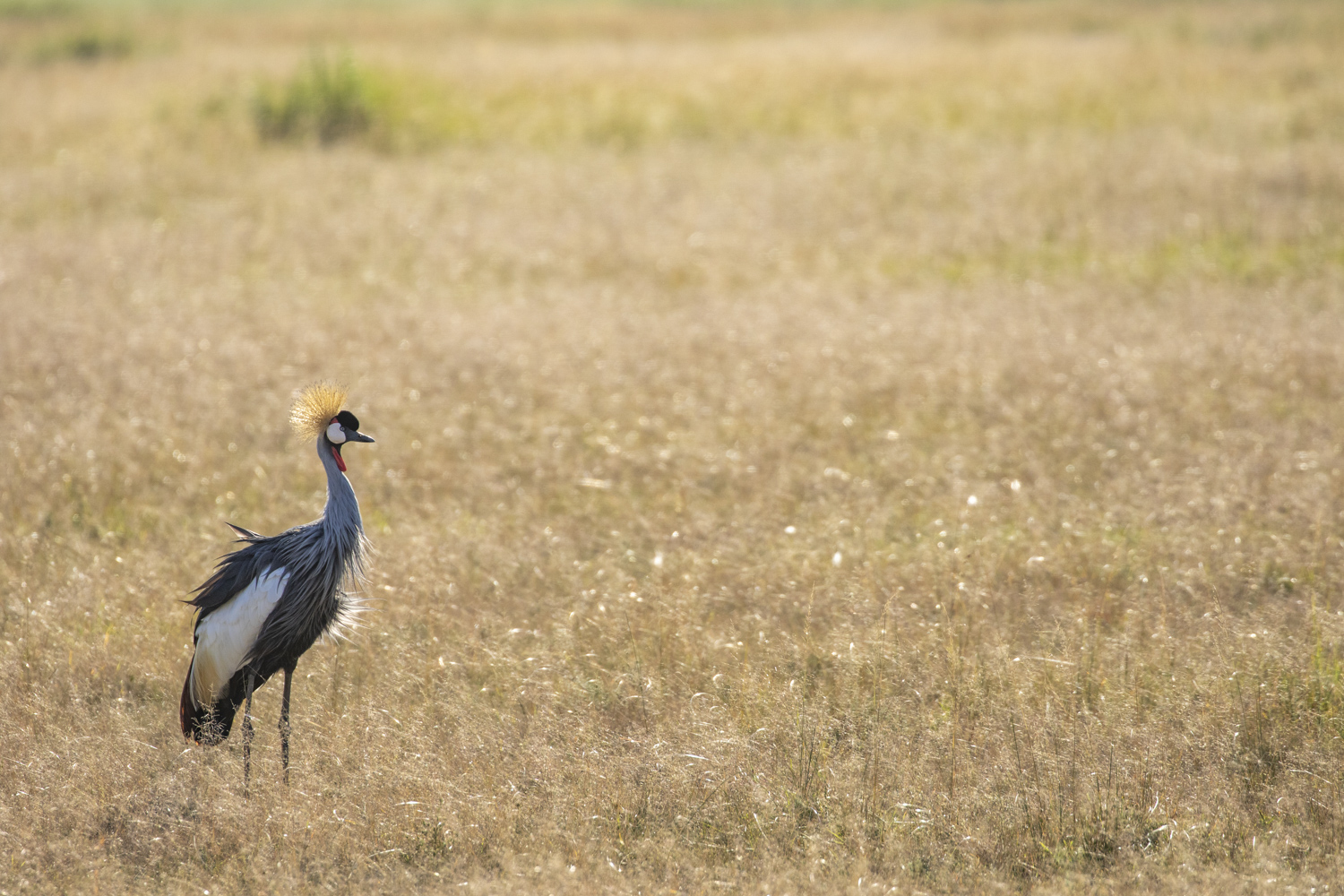
As we passed a pair of Grey Crowned-Cranes in the golden early morning light, I saw a lovely opportunity to capture one of my favourite birds in a beautiful setting.

A lone Hamerkop perched at the edge of the water produced a fun opportunity to play with perspective and create something abstract; here I converted first to black and white to simplify the photo, but then cropped it to just show the bird’s reflection and flipped it vertically to make the viewer scratch his or her head for second.
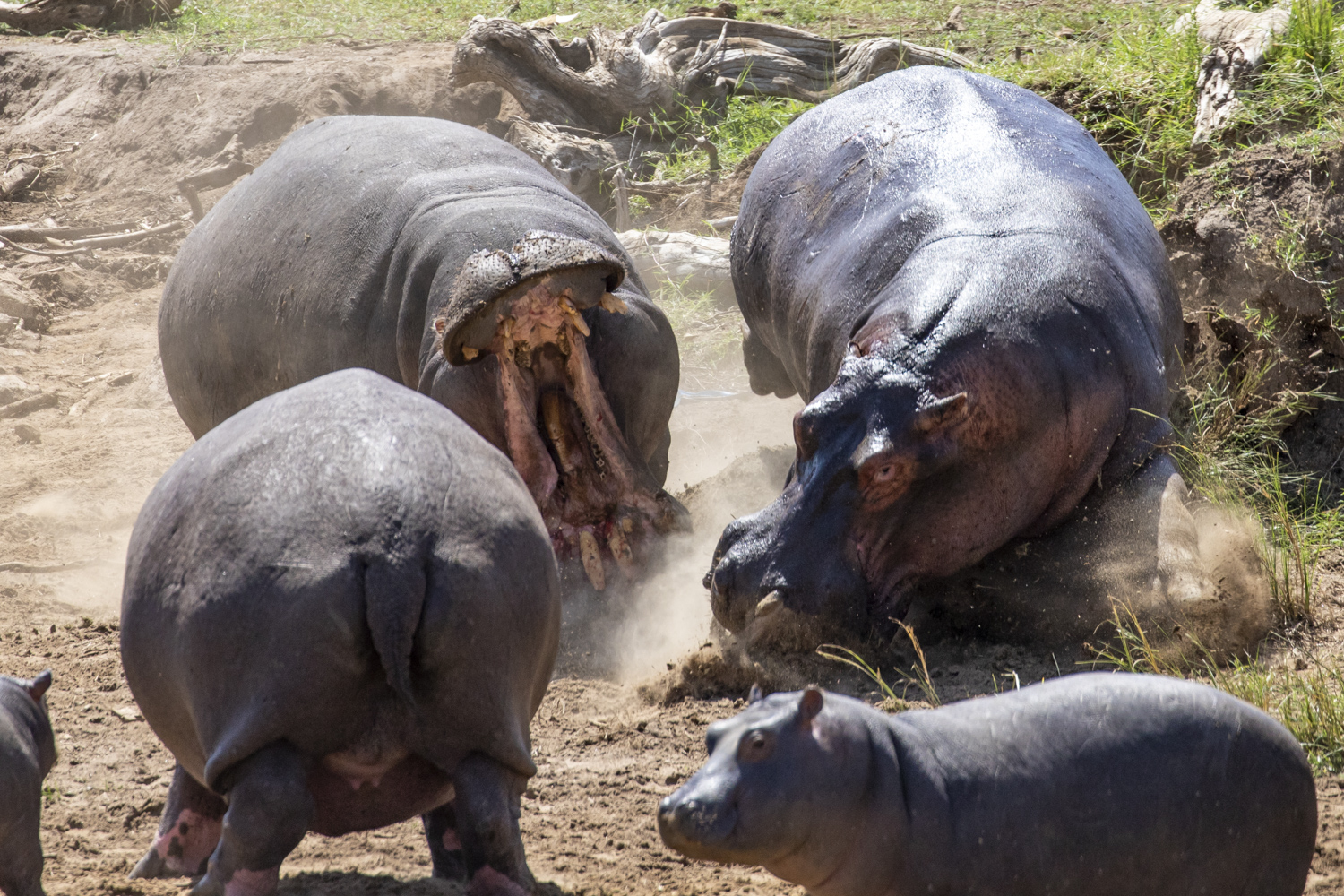
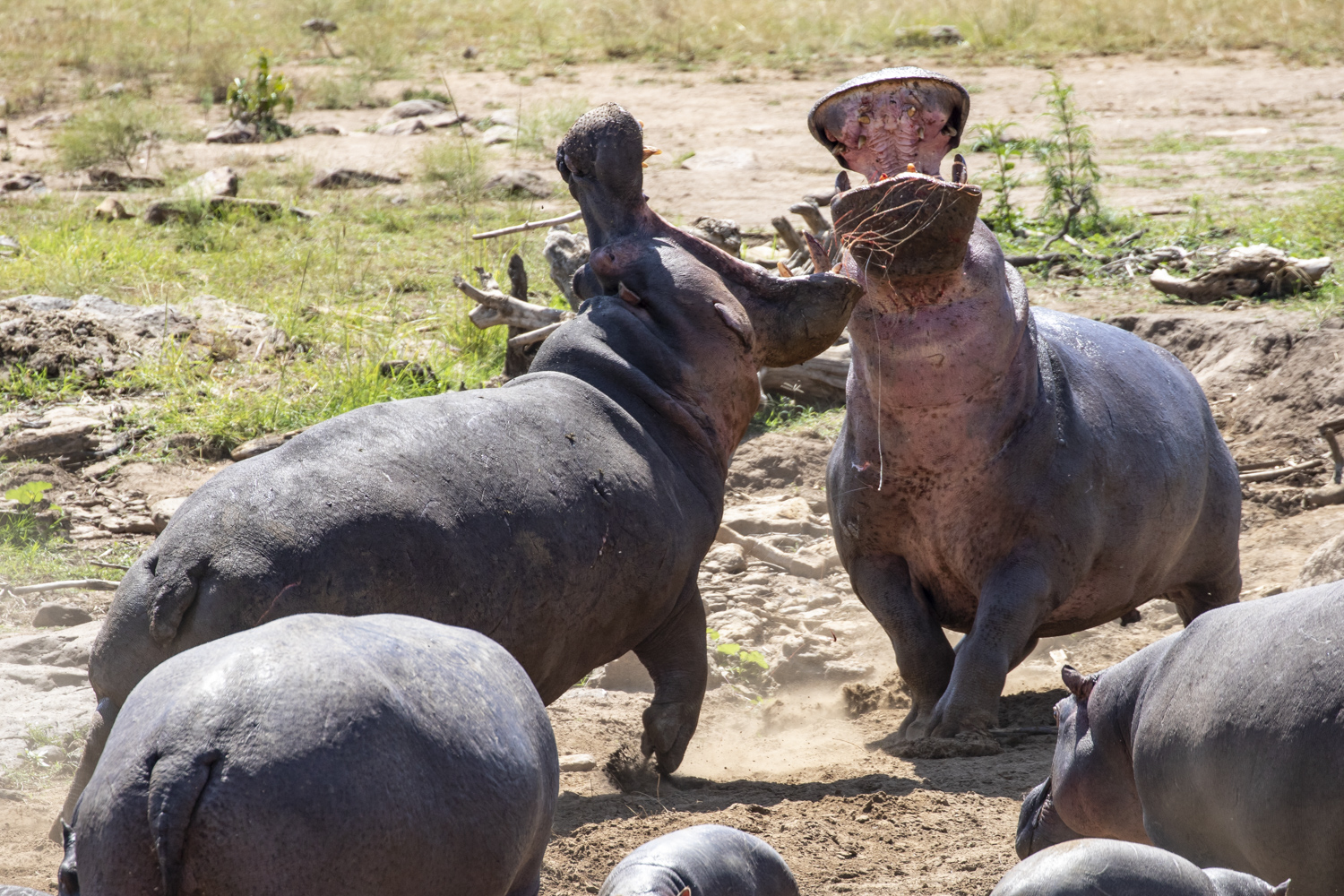
Midday sun on the equator is a near impossible challenge, but that shouldn’t stop you from trying to document an interesting sighting. At a riverside stop to check in on a hippo pod, we found two big males engaged in a war. Poor lighting, but amazing sighting, and well worth a photo or two to try and capture the raw power and violence of the encounter.
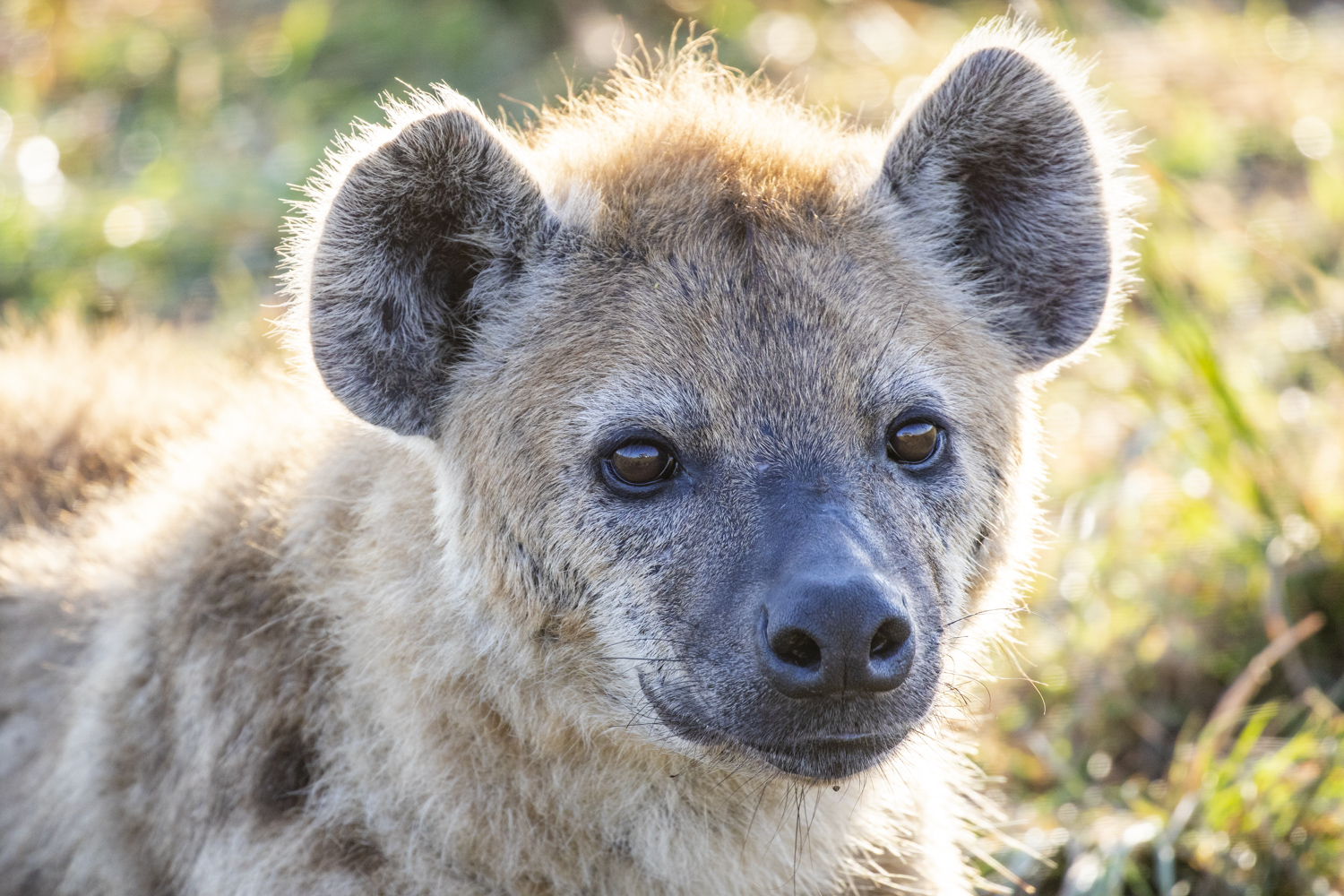
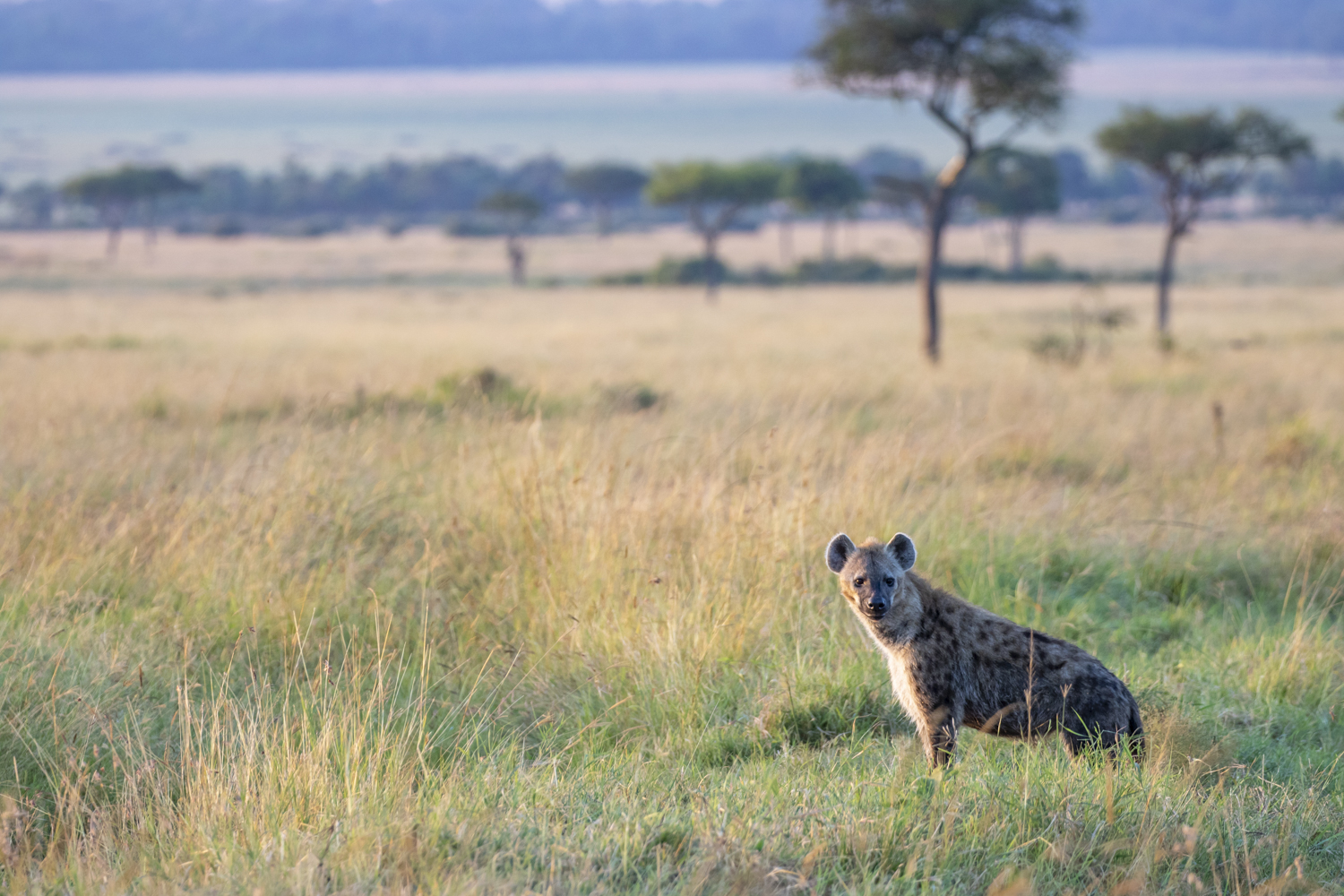
Two examples here of using morning light as a moderate backlight, creating a halo around the subject, which in both cases happen to be hyenas (and such adorable subjects, aren’t they?). In the first photo, I’ve taken more of a portrait-style approach; in the second, showing the hyena in its environment.
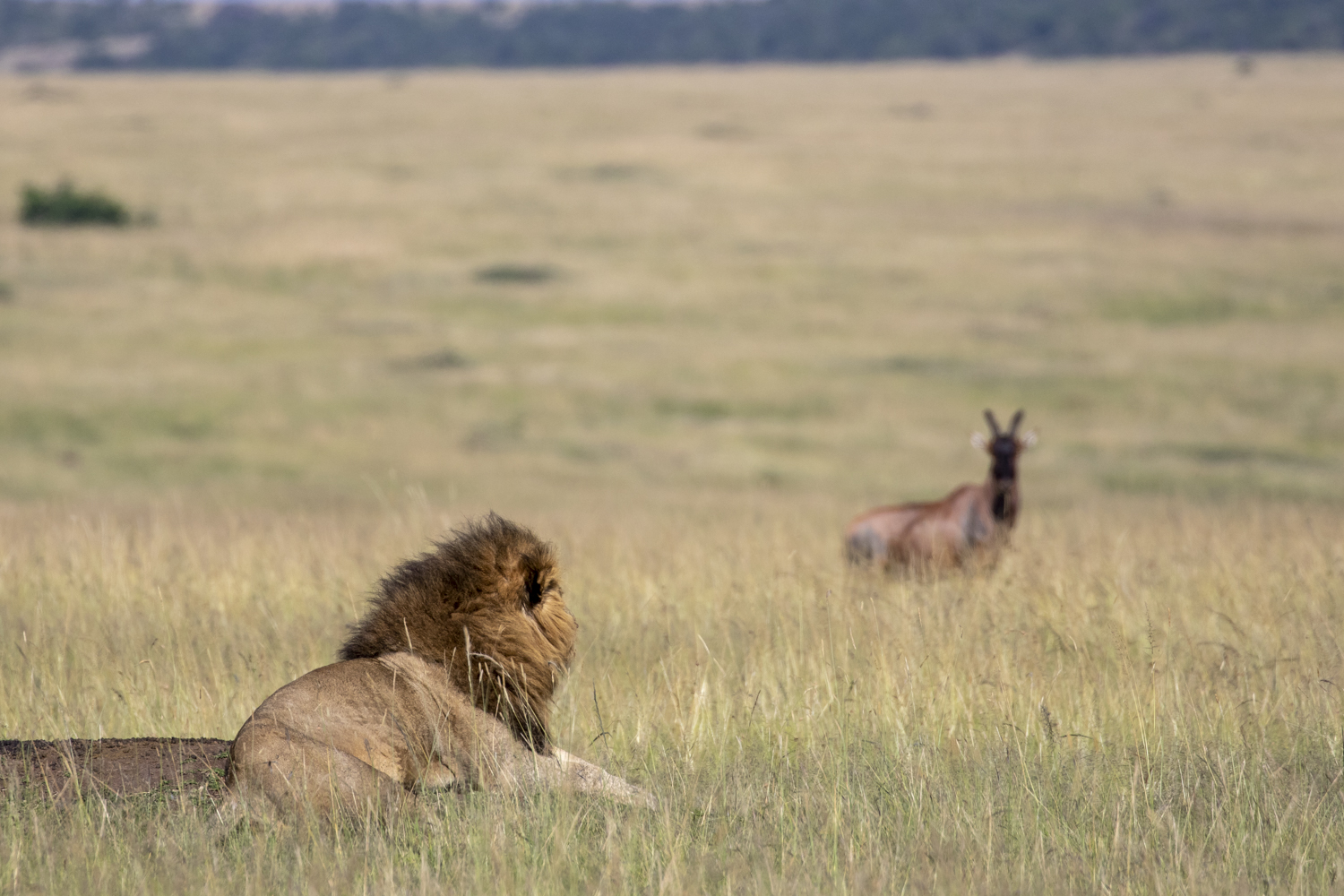
Often when coming across big cats, particularly lions, a photographer has to be patient for an opportunity while the subjects are enjoying peak beauty sleep. This big male was flat out on top of a termite mound, with all nearby game watching warily from a distance. Knowing he’d perk up at some point, we positioned the vehicle to put a staring topi behind him, thereby creating a little narrative once he did raise his shaggy head for a look around.
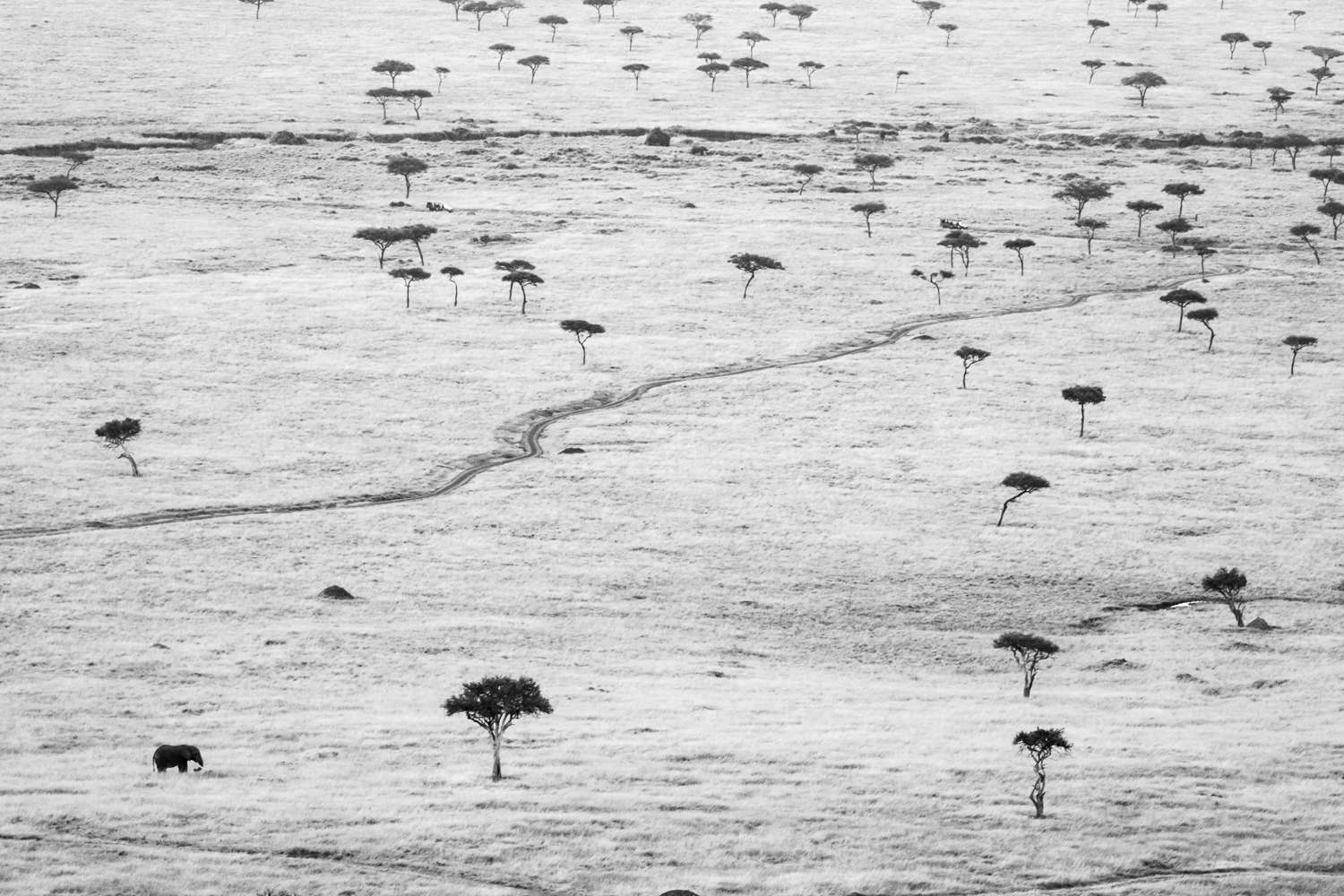
“Mara” means dotted landscape (as easily seen from our lodge). Most of the dots are Balanites trees; here, one of the dots is not like the others . . . can you spot the difference?

This is an attempt to make an oft-overlooked animal (a topi) a captivating photography subject via a semi-abstract portrait.
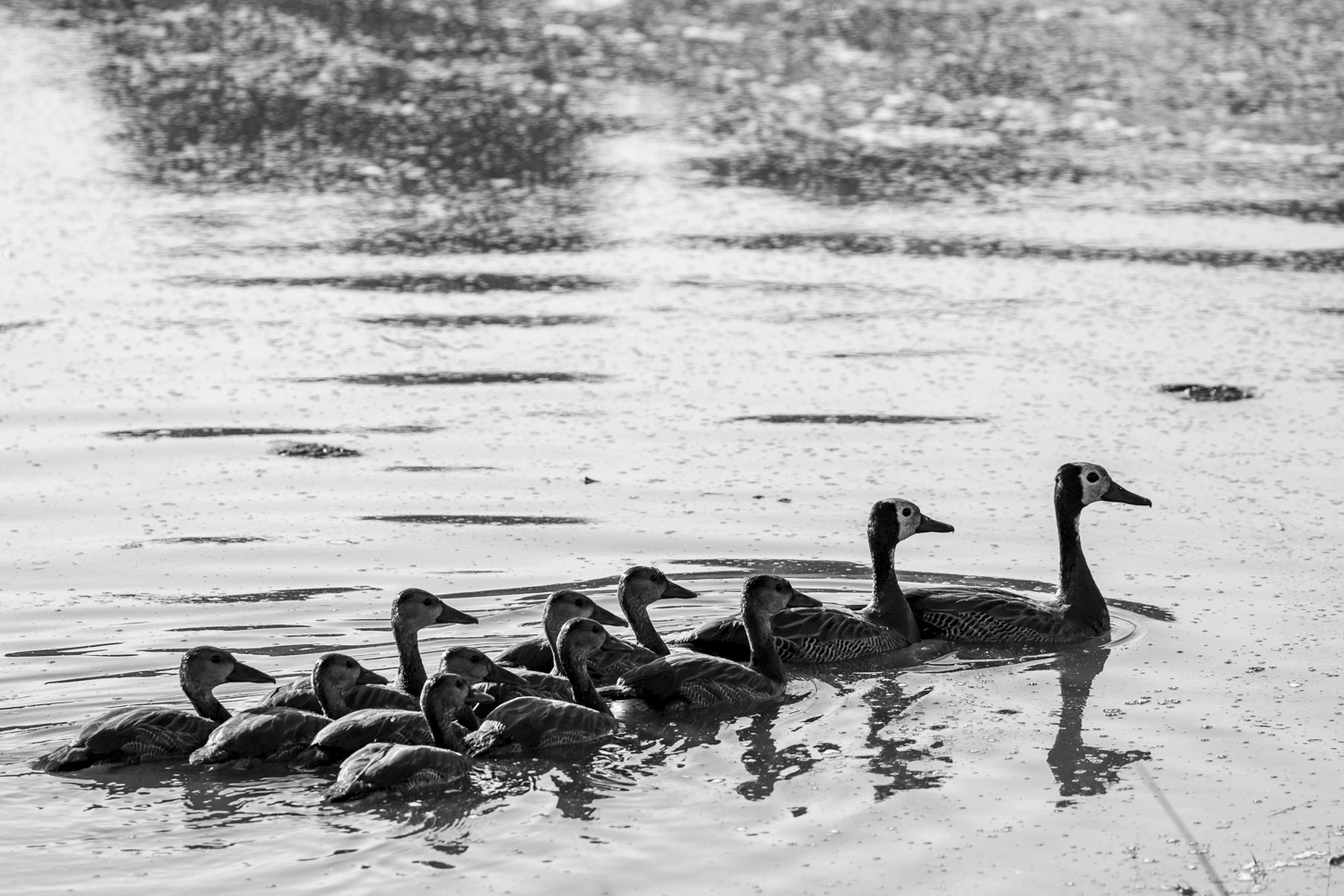
We found this family of White-faced Whistling Ducks in the midday sun, making lighting a challenge. I took advantage of the harsh contrast of this lighting by converting the image to black and white.
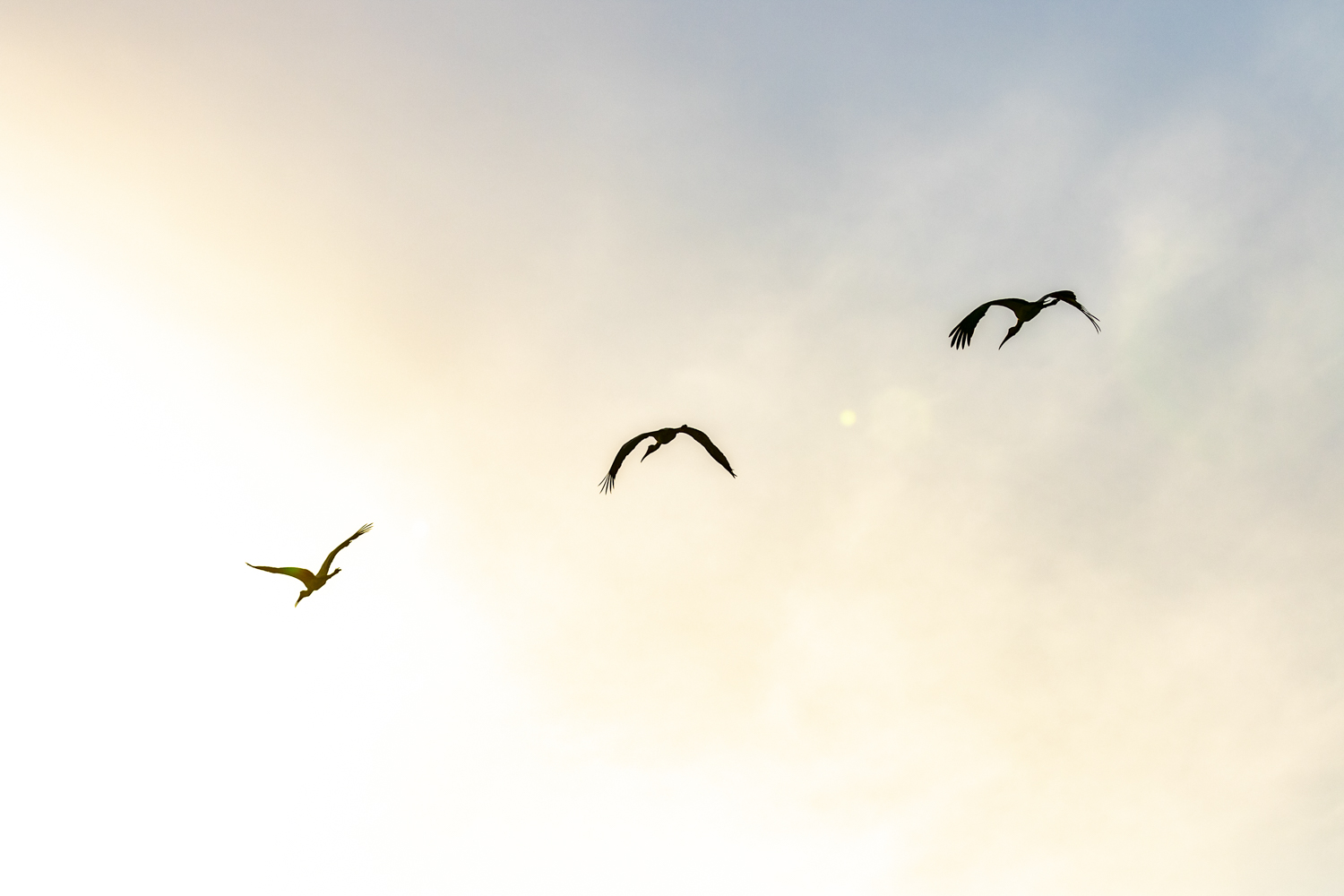
Sometimes it’s just not possible to react quickly enough to a wildlife sighting to get a great photo. These three Yellow-billed Storks were part of a larger flock that flew straight at us in a beautiful formation, each individual bird bathed golden in the early morning light. Regrettably, I didn’t have my settings where I needed them, and by the time I did, the storks were past and flying into the harsh light of the sunrise.
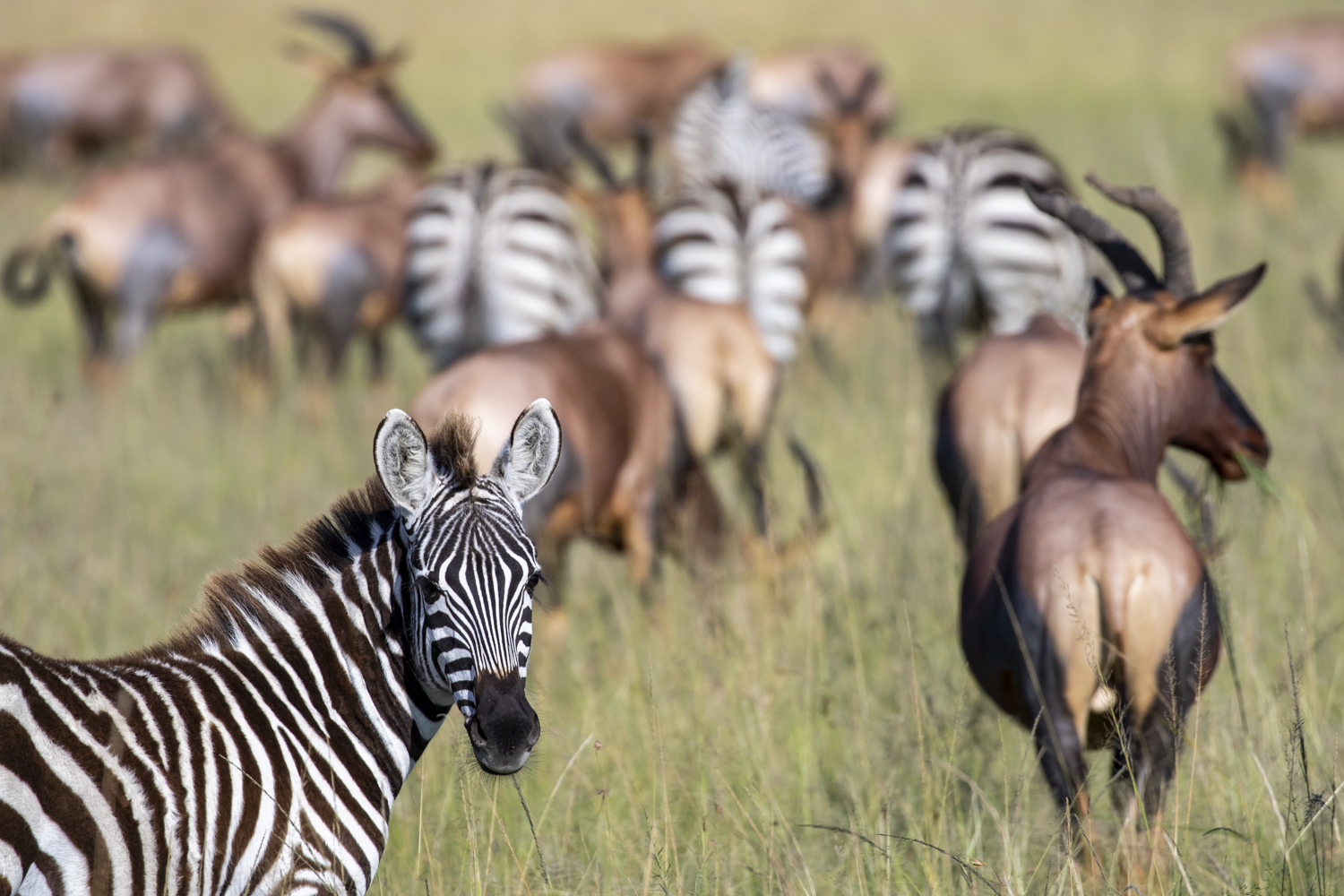
A mixed herd of zebra and topi provided the chance to take a portrait of one individual and use the rest of the herd as an interesting backdrop. This is accomplished by using a wide aperture.
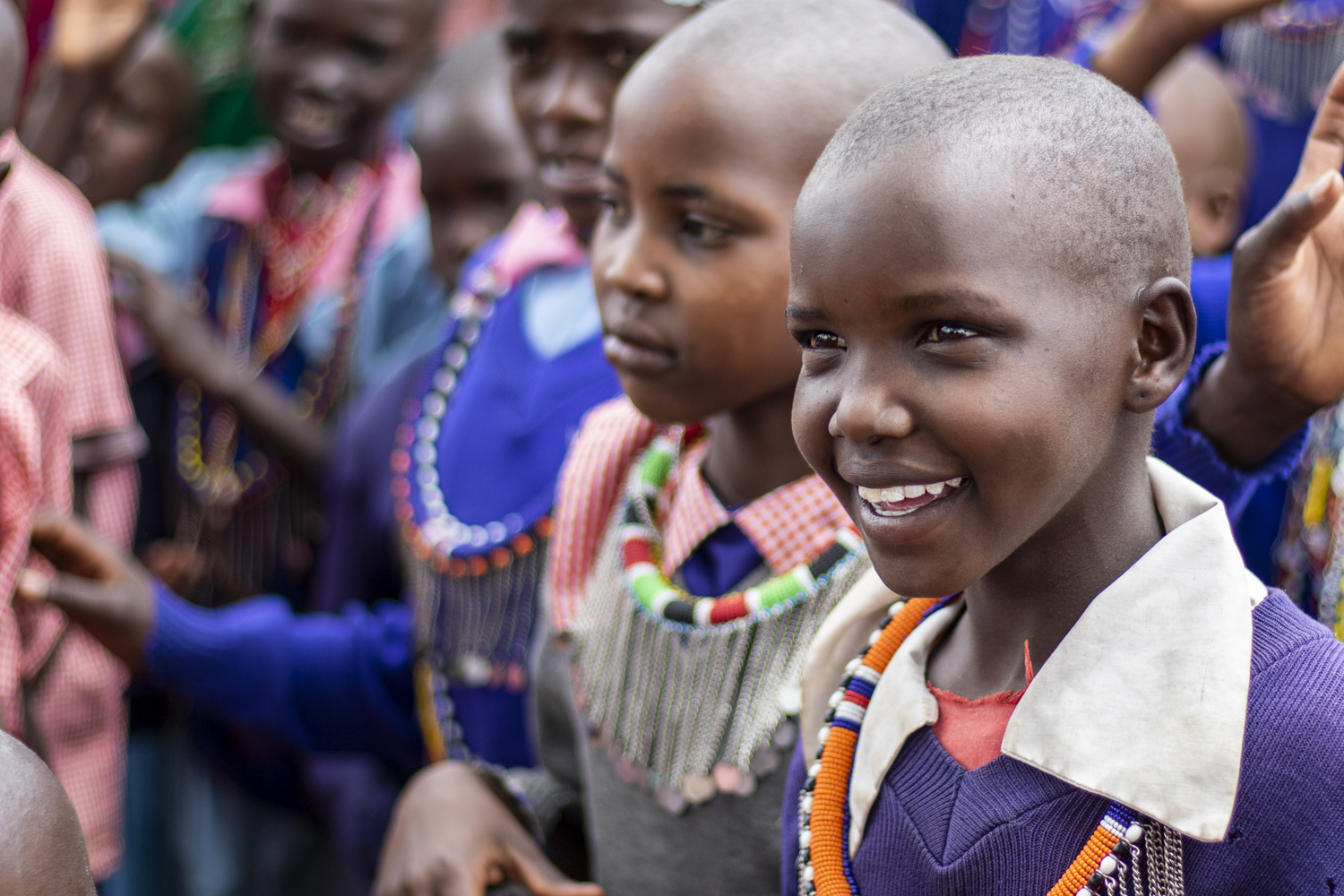
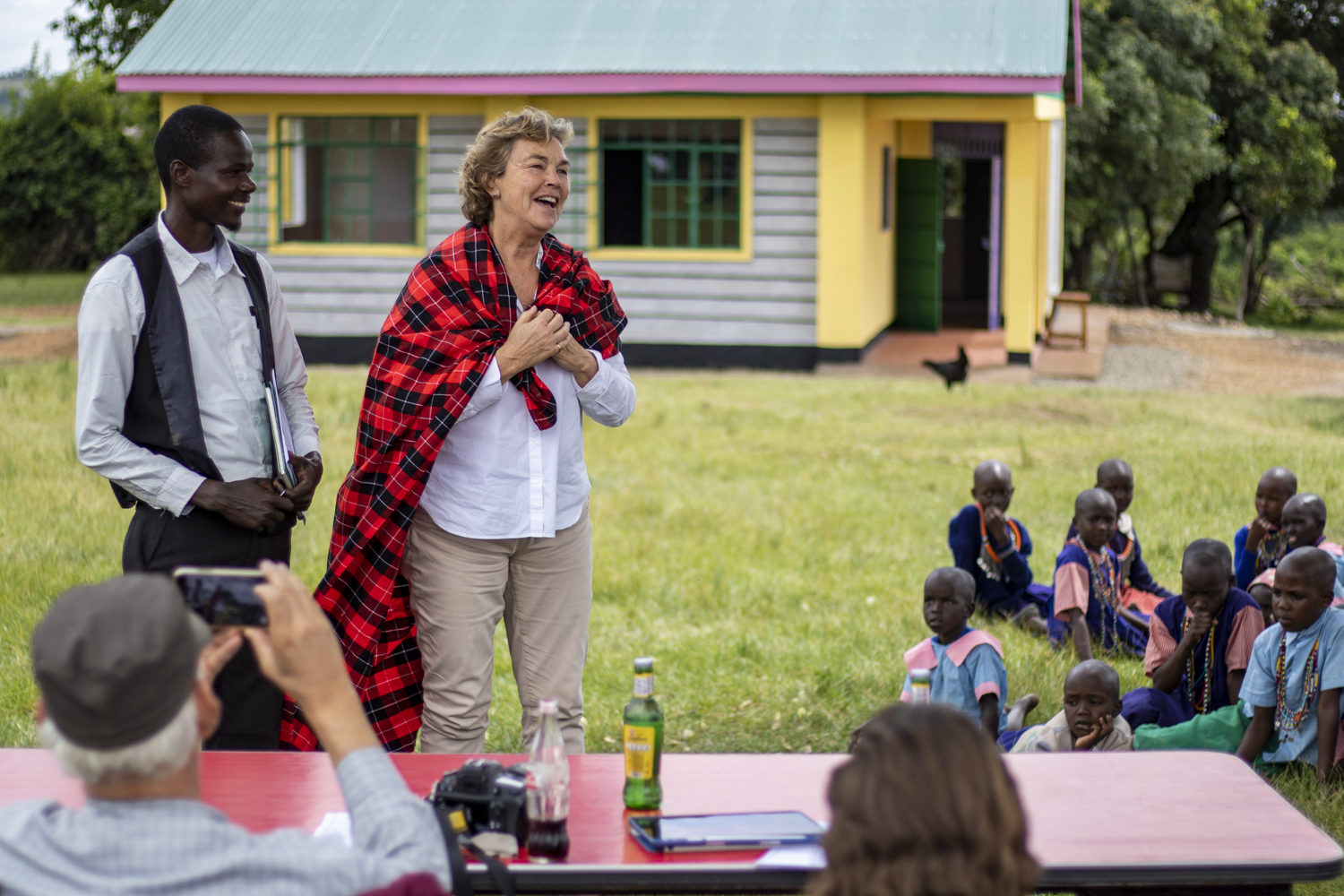
The opening of Partakilat Primary School’s new ECD was a most joyous affair, thanks to the cheerful and genuinely appreciative attitude of all the pre-schoolers. The community turned out to participate in songs, speeches, and dances, which collectively presented a most rewarding opportunity to capture the colourful, lively, and lovely Maasai culture.
TAGGED WITH: Wildlife, Photography, Maasai Mara, Culture, Maasai Culture, Wildlife Photography



COMMENTS (1)
James Obare
July 6, 2018Wonderful transformation to our surrounding community whilst conserving environment and their rich culture. Am privileged to have in the past worked with Prof Turk and Christy Pipkin from the Nobelity Project in Amboseli, Loitoktok Kajiado County some years back, on projects they were sponsoring across some schools.
REPLY